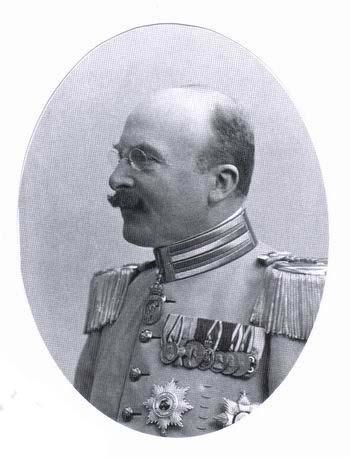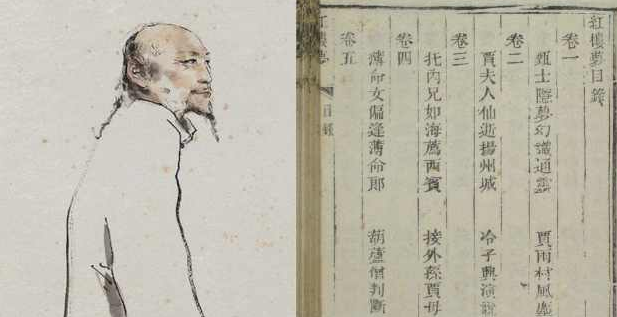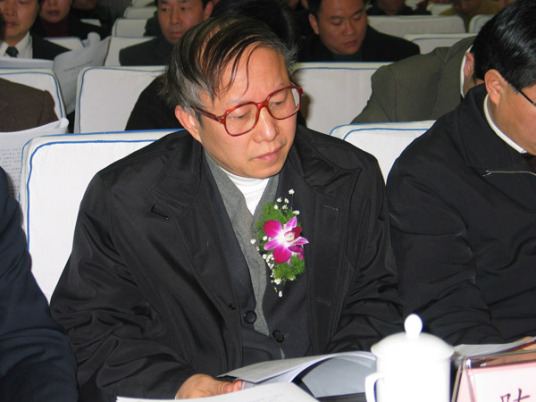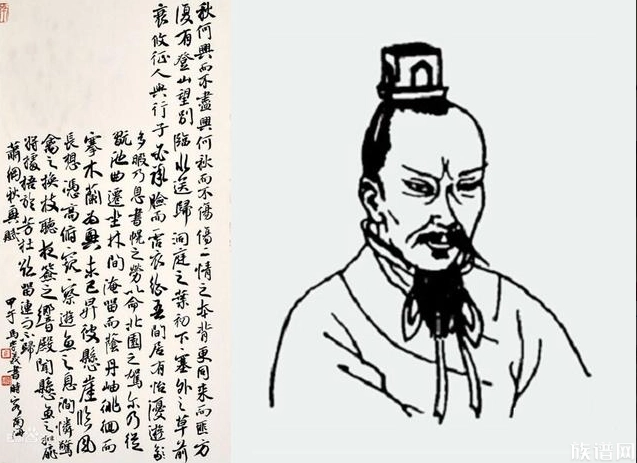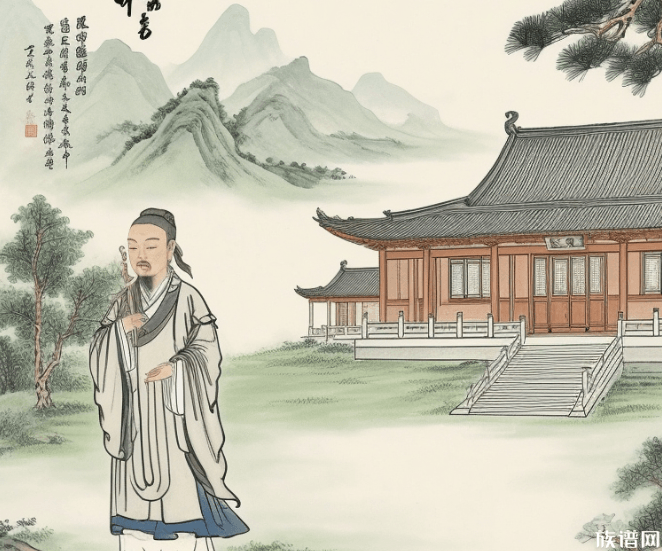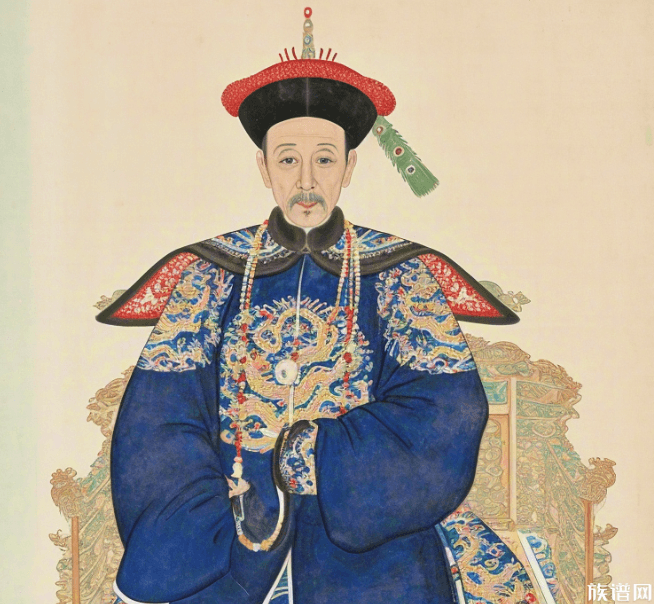爱德华·雷兹-希米格维
早年生活

雷兹-希米格维(右侧)与约瑟夫·毕苏斯基元帅在波苏战争期间
爱德华·雷兹-希米格维于1886年3月 11日出生在波兰别列扎内附近的Łapszyn村(今乌克兰境内),父母来自奥匈帝国的加利西亚地区。父亲是奥匈帝国军中的职业军人——托马斯·雷兹(Tomasz Rydz),母亲是玛莉亚·巴比亚克(Maria Babiak)。雷兹出身贫寒,在13岁时就成了孤儿,并由他的外祖父母抚养,在他们死后,由别列扎内镇上的医生Uranowicz一家抚养成人。在以优异的成绩毕业于当地的文理中学后,雷兹前往克拉科夫的雅盖隆大学完成关于哲学与艺术史的学习。接着他又就读于克拉科夫的马泰依科美术学院学习绘画,后来又前往维也纳和慕尼黑。1910–1911年间,他就读于维也纳的预备役军官学院,并于著名的奥地利第四步兵团 "德国冠军" (为条顿骑士团的总团长,弗朗茨·约瑟夫一世国王的表侄奥地利大公尤金所命名)接受军事训练。
他以杰出的表现完成了军事教育,并拒绝了校方所提供的于帝国军中服役的机会。1912年,雷兹成为了波兰准军事组织步兵协会(Związek Strzelecki)的创始人之一,同时他也完成了自己的艺术学习。他被认为在风景和肖像油画方面天赋异禀,并受到他的教授与评论家们的赞赏,人们都能够预见到他那光明的未来。
Drafted into the Austrian Army in July 1914, Rydz was transferred in August to the Polish Legions and fought in World War I in the famous Polish t Brigade of Piłsudski. He took part in numerous engagements against theRussian Army in the region of the Southern Vistula, and rose quickly in rank. By 1916, he was already a full colonel. However he did not forget his art and exhibited his work at a gallery in Kraków around that time. In 1917, after their refusal to swear an oath to the Austrian and German authorities, the Legions were disbanded, their soldiers interned and their leader Jozef Piłsudski imprisoned in Magdeburg fortress. By Piłsudski"s appointment, Rydz (who was released from prison on grounds of ill health) became commander of Polish Military Organization (POW) and adopted the nom de guerre Śmigły (Fast or Agile), which he later added to his surname.
In October 1918, Rydz entered the socialist government of Ignacy Daszyński in Lublin as Minister of War. Having been promoted to brigadier general, he underlined that upon his acceptance of the office he was to be seen as a deputy of Piłsudski. It was at this time he began using the name Rydz-Śmigły. On 11 November 1918 the Government relinquished all power to Piłsudski, who became Provisional Head of State. After some hesitation, Piłsudski (displeased by Rydz-Śmigły"s cooperation with the socialists, he himself "having left the streetcar of Socialism at the stop called Independence") nevertheless confirmed him as a brigadier general.
波苏战争
波兰“二号人物”
1939
晚年与死亡
影响
荣誉
作品
延伸阅读
Cepnik, Kazimierz Wódz Naczelny i Marszałek Polski Edward Śmigły-Rydz, Życie i Czyny, Lwów, 1937.
Chen, C. Peter.Edward Rydz-Śmigły. World War II Database. 2004 [February 2, 2008](英语).
Eckert,Marian. Historia polityczna Polski lat 1918-1939. Warszawa, 1989.
Jędruszczak,Hanna, and Tadeusz Jędruszczak. Ostatnie lata Drugiej Rzeczypospolitej (1935-1939), Warszawa, 1970.
Juliusz Kaden-Bandrowski, Piłsudczycy, (The Piłsudskiites), Oświęcim, 1916;
Paweł Zaremba, Historia Dwudziestolecia 1918 - 1939, (A History of the Twenty Years, 1918 - 1939), 2 vols., Paris, 1967.
Ярослава Мазурак. Булава маршалка і палітра художника// Бережанська гімназія. Сторінки історії. — Тернопіль-Бережани: Джура, 2007. — 1027 с.
Mirowicz, Ryszard. Edward Rydz-Śmigły: działalność wojskowa i polityczna, Warszawa, 1988.
Pepłoński,Andrzej Wywiad a dyplomacja II Rzeczypospolitej, Toruń, 2004.
Piłsudski,Józef. Pisma zbiorowe, Warszawa: 1937.
Seidner, Stanley S., "The Camp of National Unity: An Experiment in Domestic Consolidation," The Polish Review vol. xx, nos. 2-3, 1975, pp. 231–236.
Seidner,Stanley S., "Reflections from Rumania and Beyond: Marshal Śmigły-Rydz Rydz in Exile," The Polish Review vol. xxii, no. 2, 1977, pp. 29–51.
Seidner, Stanley S. Marshal Edward Śmigły-Rydz Rydz and the Defense of Poland, New York, 1978.
Serwatka, Tomasz. "Edward Rydz-Śmigły," Gazeta:Historia mało znana,(January) 2007,[1]
Stachiewicz, Wacław. Wierności dochować żołnierskiej, Warsaw, 1998.
免责声明:以上内容版权归原作者所有,如有侵犯您的原创版权请告知,我们将尽快删除相关内容。感谢每一位辛勤著写的作者,感谢每一位的分享。

相关资料
展开
- 有价值
- 一般般
- 没价值



24小时热门
推荐阅读
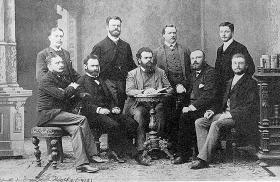

关于我们

APP下载


















